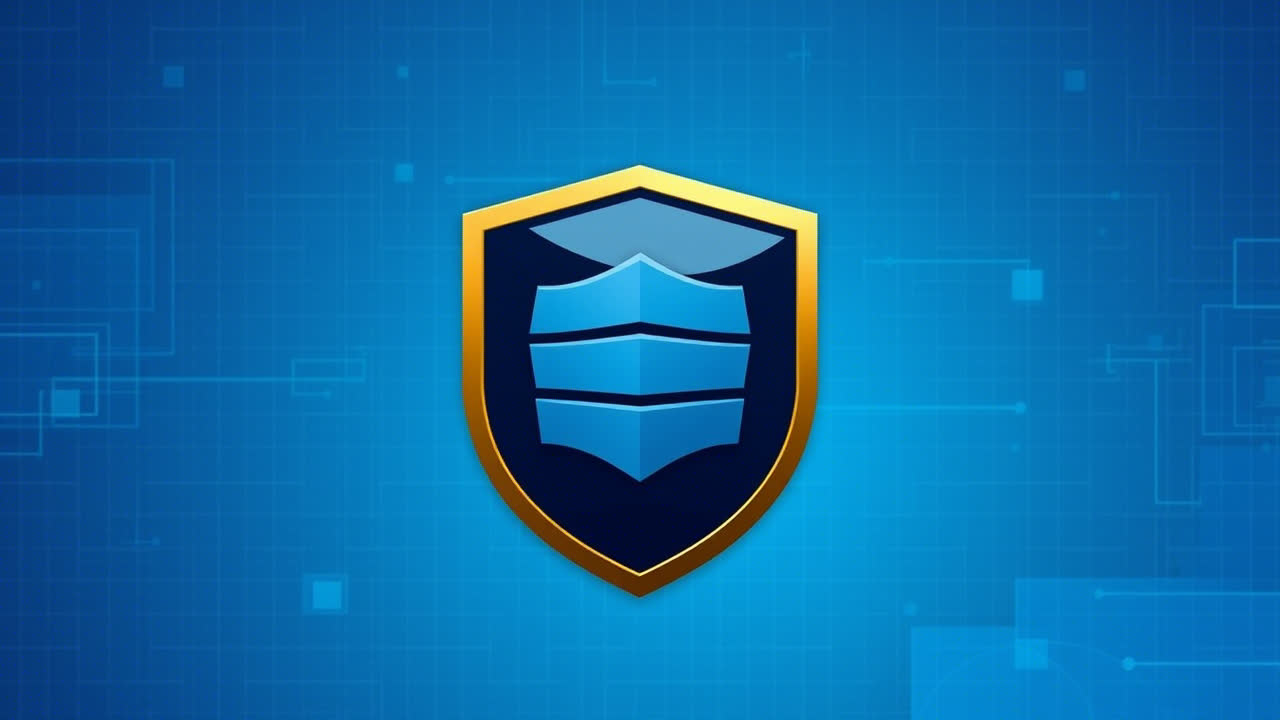Enhancing ICT Security with eGRACS©: A Step-by-Step Guide
Explore how eGRACS strengthens ICT security while supporting business continuity and compliance.
 In an era where cyber threats are more sophisticated than ever, organisations must go beyond basic security measures to protect their ICT systems. The eGRACS framework offers a step-by-step approach to enhancing ICT security by integrating governance, risk management, and compliance with business continuity planning. Let’s dive into how eGRACS fortifies your ICT environment.
In an era where cyber threats are more sophisticated than ever, organisations must go beyond basic security measures to protect their ICT systems. The eGRACS framework offers a step-by-step approach to enhancing ICT security by integrating governance, risk management, and compliance with business continuity planning. Let’s dive into how eGRACS fortifies your ICT environment.
Understanding ICT Security Challenges
Modern organisations face a host of ICT security challenges, from evolving cyber threats to stringent regulatory requirements. Here are some of the most pressing concerns:
1. Cybersecurity Threats
Ransomware, phishing, and denial-of-service attacks are becoming increasingly common and damaging.
2. Compliance Requirements
Adhering to standards like GDPR, ISO 27001, and HIPAA demands rigorous security protocols.
3. Insider Threats
Employees—whether malicious or accidental—can compromise sensitive information.
4. Business Continuity Risks
Unexpected disruptions, such as natural disasters or system outages, can cripple operations without proper planning.
How eGRACS Strengthens ICT Security
 eGRACS addresses these challenges by providing a comprehensive framework that integrates security at every level of ICT governance. Here’s how it works:
eGRACS addresses these challenges by providing a comprehensive framework that integrates security at every level of ICT governance. Here’s how it works:
1. Governance-Driven Security
eGRACS establishes clear security policies and aligns them with organisational goals, ensuring accountability at every level.
2. Risk Management Integration
The framework proactively identifies vulnerabilities, assesses risks, and implements measures to mitigate them.
3. Compliance Alignment
eGRACS maps security controls to compliance standards, ensuring seamless adherence to regulations like GDPR and ISO 27001.
4. Business Continuity Planning
By integrating disaster recovery and incident management protocols, eGRACS ensures your operations can withstand disruptions.
A Step-by-Step Guide to ICT Security with eGRACS
Step 1: Assess Your Current Security Posture
Conduct a thorough audit of your ICT systems to identify vulnerabilities and gaps in compliance.
Step 2: Define Security Objectives
Set clear goals that align with both business priorities and regulatory requirements.
Step 3: Implement eGRACS Controls
Deploy the framework’s governance, risk, and compliance controls to establish a robust security foundation.
Step 4: Monitor and Optimise
Continuously monitor your ICT systems, adapt to new threats, and refine your security strategies using insights from eGRACS.
The Benefits of ICT Security with eGRACS
- Enhanced Protection: Safeguards your systems against cyber threats and insider risks.
- Regulatory Confidence: Ensures compliance with international standards and reduces audit fatigue.
- Operational Resilience: Prepares your organisation to handle disruptions with minimal impact.
- Improved Decision-Making: Provides actionable insights for managing risks and refining strategies.
Who Should Use eGRACS?
eGRACS is designed for a diverse range of industries and organisations, including:
- Finance: Streamlines governance processes to meet strict regulatory standards.
- Healthcare: Protects patient data while ensuring HIPAA compliance.
- Retail: Aligns ICT operations across multiple locations for improved efficiency.
- Technology: Supports innovation while maintaining robust risk management practices.
Secure Your ICT Environment with eGRACS
Don’t leave your ICT systems vulnerable. With eGRACS, you can enhance security, ensure compliance, and build resilience. Take the first step toward a safer ICT environment today!